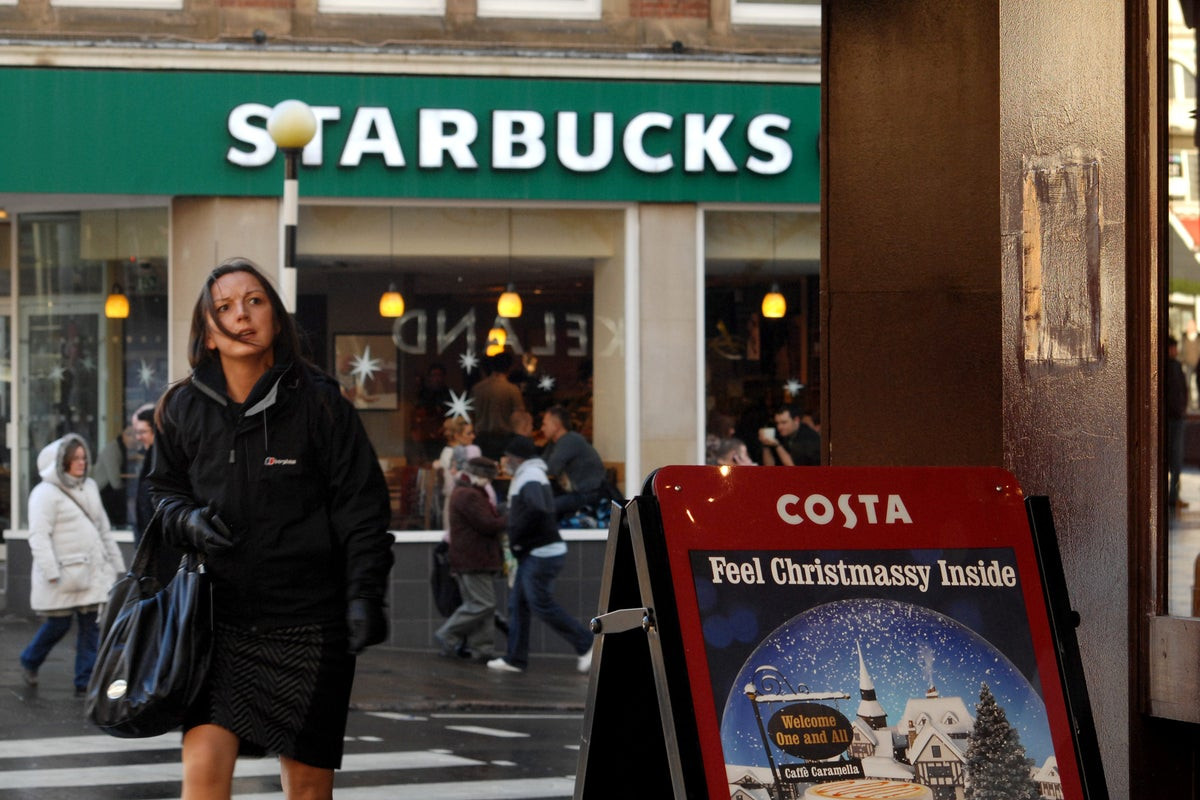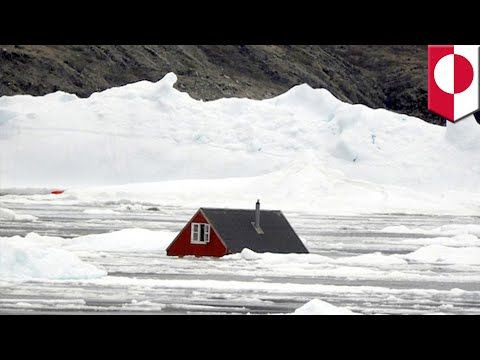A Slower, Smaller Ozone Hole Sparks Cautious Hope for Recovery
The ozone layer, a vital shield protecting Earth from the sun's harmful ultraviolet radiation, has been facing a critical threat since the 1980s. Back then, scientists discovered a gaping hole in the ozone layer over Antarctica, a direct consequence of human-made pollutants, particularly chlorofluorocarbons (CFCs), used in aerosols and refrigerators. The discovery led to a global effort to phase out these ozone-depleting substances, culminating in the Montreal Protocol of 1987.
Now, almost four decades later, there is a glimmer of hope. The Copernicus Atmosphere Monitoring Service (CAMS) has observed that The ozone hole over Antarctica took longer to form and is smaller than expected this year. This is a significant development, though scientists caution that it's not necessarily a sign of a full recovery yet.
The Ozone Hole's Slower Formation: A Result of Natural Variability?
The ozone hole typically starts forming in mid-to-late August and reaches its peak in September. However, this year, its formation was significantly delayed, starting in early September and remaining smaller than in previous years. By September 13, the ozone hole was 18.48 million square kilometers (7.13 million square miles) smaller than the same time in recent years.
This slower and smaller ozone hole is likely due to disruptions in the polar vortex, caused by natural variations in temperature and wind patterns. The polar vortex, a swirling mass of air over Antarctica, plays a crucial role in ozone depletion. During the winter, it traps CFCs and other ozone-depleting substances, which then react with ozone in the presence of sunlight during the spring, leading to the formation of the hole.
However, this year, two rare ‘sudden stratospheric warming events’ in June caused the polar vortex to stretch into a tall, thin column, disrupting the winds that typically erode the ozone layer. This delayed the formation of the ozone hole and kept it smaller.
The Montreal Protocol: A Global Success Story
While the delayed ozone hole formation is encouraging, scientists emphasize that it is not solely a result of the ozone layer's recovery. The Montreal Protocol, a global agreement to phase out ozone-depleting substances, has played a crucial role in slowing down and eventually reversing the damage to the ozone layer. But the recovery process takes time.
The Montreal Protocol has proven to be a highly effective environmental treaty. It has prevented further deterioration of the ozone layer and set the stage for its eventual recovery. The agreement has also had a significant impact on climate change, as many ozone-depleting substances are potent greenhouse gases.
The Future of the Ozone Layer: Challenges and Opportunities
Despite the progress made, the ozone layer faces ongoing challenges. While the Montreal Protocol has been successful in phasing out CFCs, these substances have a long lifespan in the atmosphere. Therefore, The ozone hole will continue to form for several decades, even with the ban on CFCs in place.
In addition to CFCs, other factors like volcanic eruptions, wildfires, rocket launches, and satellite debris can also contribute to ozone depletion. These ongoing threats highlight the complex interplay between human activities, natural processes, and the delicate balance of the Earth's atmosphere.
Despite these challenges, scientists are optimistic about the future of the ozone layer. They anticipate further signs of recovery in the next forty years, predicting a full restoration of the ozone layer by the middle of the century. This projected recovery demonstrates humanity's capacity to address environmental issues through international cooperation and science-based decision-making.
A Glimpse of Hope: A Testament to Human Action
The ozone hole story underscores the potential of international cooperation to address global environmental issues. The success of the Montreal Protocol, despite initial skepticism, shows that we can make significant progress in protecting our planet. This optimistic outlook serves as a reminder that with concerted action and commitment, we can mitigate environmental threats and pave the way for a more sustainable future.
The journey towards the full recovery of the ozone layer is ongoing, and we must continue to monitor and address emerging challenges. However, the recent developments provide a much-needed glimmer of hope, showcasing the resilience of our planet and the power of human collaboration.

















